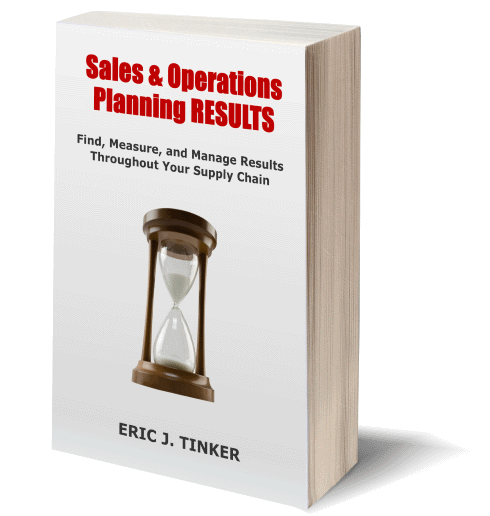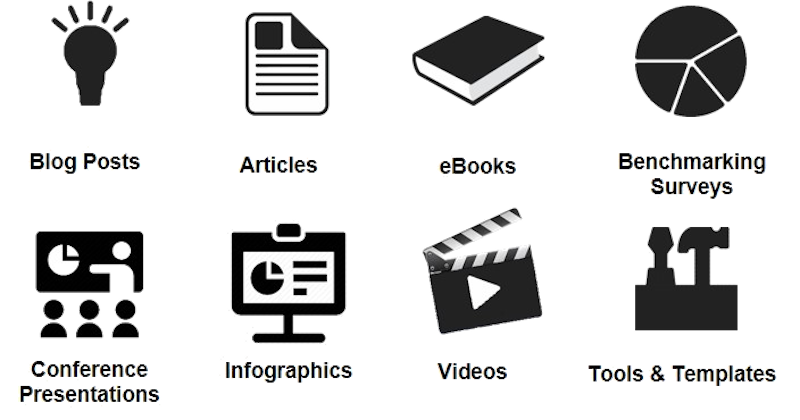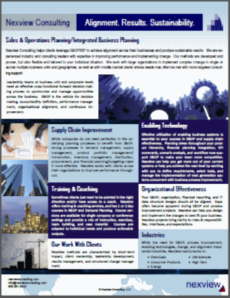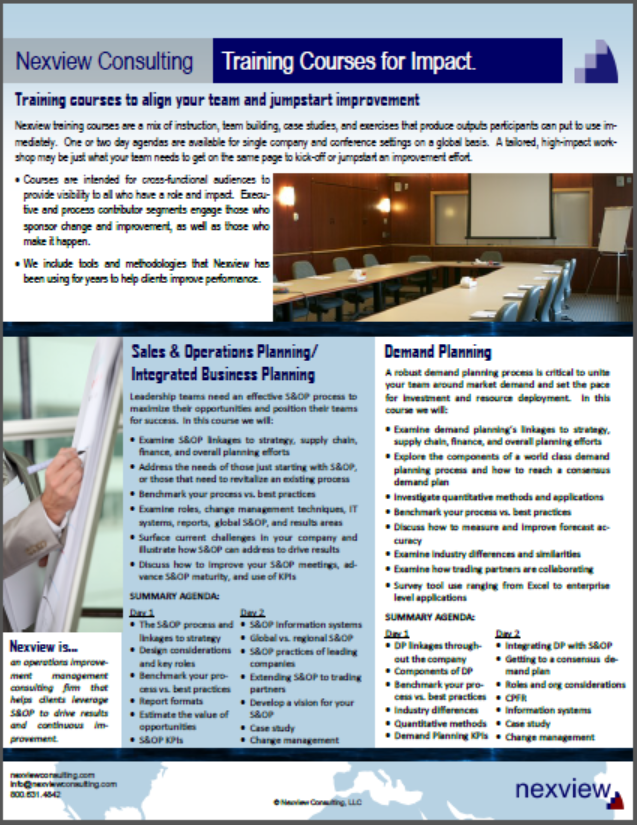Speed Up and Simplify the Budgeting Process

It’s budget time again (already!) and for many managers that means a mad scramble chore to get their inputs into the roll-up. “Where is last year’s budget?” “Let’s take that, apply some factor, and be done with it.” Maybe that works for a while, but how many years in a row can you get away with that? I guess as many years as the business doesn’t change and the annual “fudge factor” is accurate.
A better way is to have been working the plan throughout the year using S&OP/Integrated Business Planning. Through the structure of this process, teams get used to the cycle (often monthly) and make incremental course corrections to the forecast and projected results as new information becomes available. This is a little like cleaning your house a little at a time so it stays clean without having to invest a whole weekend after the mess builds up and you can’t stand it anymore. The IBP process during the year doesn’t get teams off the hook from the annual budget commitment, but it does allow them to assess where they’ll end up and take action in time to do something about any gap or properly reset expectations if targets will be exceeded or not met (and by how much and over what period of time). Most of the time as we know, it’s about gap management and it’s critical that we change what we are doing with sufficient time to realize the result.
Usually it’s a team providing the relevant inputs to the budget, and also executing a corrective action plan if needed. It’s tough enough to get some inputs from someone else (none of us like to nag others for inputs), let alone get them to do something differently. IBP mechanizes all this through a regular cycle instead of relying on an annual nagging exercise. The structure and mechanics of IBP distribute the accountability for the plan and results. Everyone knows their part, and they get used to providing inputs on a timely basis such that a new forecast or “Latest Estimate” can be created at the frequency built into the IBP design. It becomes standard operating procedure rather than an infrequent annual exercise that requires nagging. IBP meetings throughout the year typically have three components: A backward looking review of KPI performance (root cause analysis, and what we need to do to manage any exceptions), a discussion of cross-functional issues to resolve or decisions that need to be made, and what tweaks need to be made to budget inputs such as type curves, gas/oil ratios, working interests, or API gravity values (upstream oil & gas examples given).
The financial integration part and their participation is critical throughout the year. With finance involved, operating plans can be monetized at the frequency of the IBP process design (e.g. monthly or quarterly). Financial plans stay consistent with operating plans, and when it’s budget time, teams have to look no farther than the last IBP plan as a starting point to create the next plan to be committed to and managed during the upcoming year.
If you are interested in joining the discussion and hearing more with focus on IBP for Upstream Oil & Gas, you might consider joining our group on LinkedIn, IBP for Upstream Oil & Gas, If you aren’t interested in Oil & Gas, please see our other posts and information geared more to manufacturing industries.














